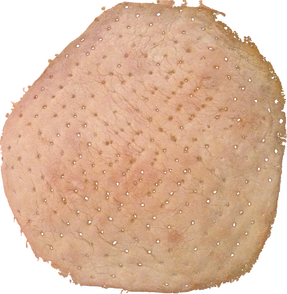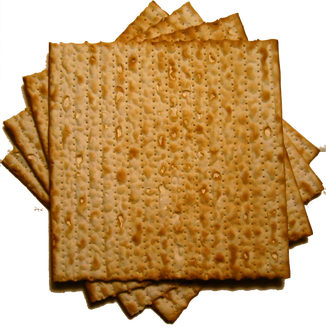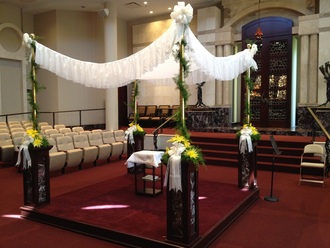The blessing ends on what sounds like an odd note. Usually, at the end of the havdalah ritual, we bless God, hamavdil bein kodesh l'chol, "who makes distinction between sacred and ordinary." That is, we acknowledge that God makes a distinction between Shabbat, a holy day, and the ordinary days of the week. Tonight, however, when Shabbat is immediately followed by a second day of the festival, the blessing changes to hamavdil bein kodesh l'kodesh, "the One who makes distinction between sacred and sacred."
We make a blessing to acknowledge that there is a difference between the sanctity of Shabbat and the sanctity of Passover. There is something interesting and, perhaps, even profound about the idea that sanctity comes in different flavors. The blessing seems to be an secret invitation for us to discover and name all the different families, genera and species of holiness.
Is there a holiness of human beings that is different from the holiness of plants and other animals? In Jewish tradition, we make blessings for getting out of bed in the morning, for drinking a glass of water, and for using the bathroom. Do each of these everyday activities have a different type of holiness? Is the holiness of a sunrise different from the holiness of a sunset?
Whenever I meet with people in my synagogue office, I try to recognize each person as a holy representation of the image of God. It is helpful, somehow, to recognize that each person may posses a different kind of holiness. We each are different and each bring a different aspect of divinity into the world. Blessed is the One who makes distinction between my sacredness and your sacredness.
To carry the thought a bit further, there is also this. The day I married my wife is sacred to me. The day each of my children was born is sacred to me, and each in different ways. The day each of my grandparents died, the day I first walked in the land of Israel, the day I became a rabbi, the day that I began to serve the congregation that is my spiritual home…all of these moments are sacred to me, each in its own way.
Part of the challenge of religious living is to seek out the holiness in each moment. Each experience and each moment of our lives can be sacred in a different way. Whether it is a moment when I am laughing with my children, a moment when I am frustrated with a student, a moment when I am washing the dishes, or a moment when I am holding the hand of a person who is sick, each moment can be a holy moment in the rainbow of holy moments.
Baruch Atah Adonai, Eloheinu Melech Ha-Olam, Hamavdil bein Kodesh l'Kodesh.
Other Posts on This Topic:
Havdalah





 RSS Feed
RSS Feed
